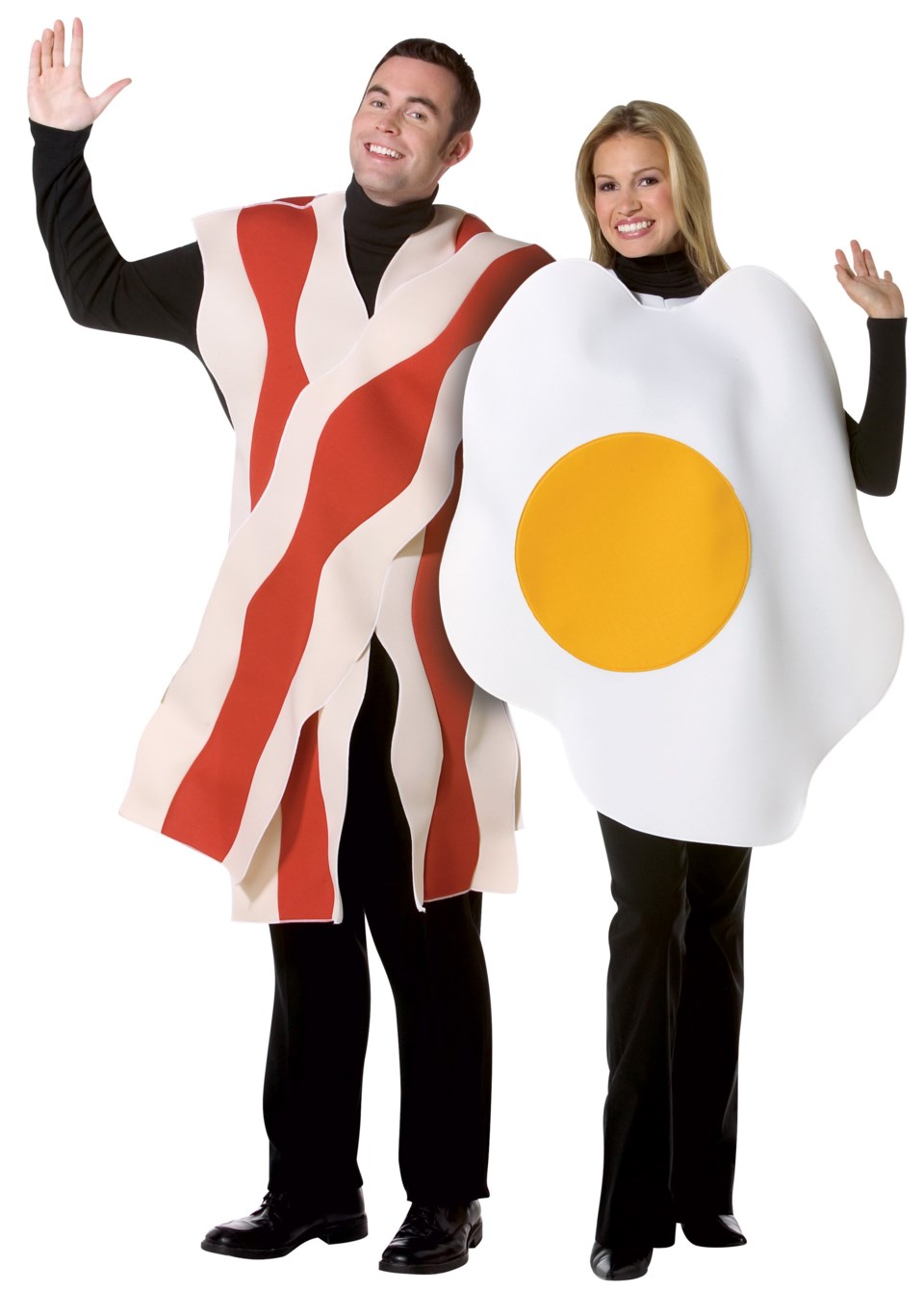It’s no secret that bacon has become a pop culture phenomenon. From a food, design and kitsch stand point, bacon and consumers’ enthusiasm for it knows no bounds. Which of course means it was just a matter of time before the ebb of bacon’s flow commenced.
According to a recent study by the killjoys at Harvard University, researchers have found that men who consume a regular-sized serving of bacon or a small sausage on a daily basis are at risk of significantly harming their sperm quality.
For the study, which was reported on by the Globe and Mail, researchers examined the eating habits of 156 men undergoing in-vitro fertilization treatment with their partners.
Turns out men who ate a half-portion of processed meat, such as bacon or sausage, every day had 5.5 per cent “normal” shaped sperm cells, compared to 7.2 per cent in those who ate less. Those who ate more fish — cod and halibut in particular — saw an increase in “normal” shaped sperm cells. Although K&K cannot claim to be scientists or even getting higher than a C+ in any high school science class, we’re assuming “normal looking” sperm cells resemble George Clooney and Brad Pitt, while abnormal ones look a lot like Abe Vigoda or Mickey Rourke after his various surgeries.
Of course researchers neglected to investigate the correlation between dudes who eat bacon and/or sausage on a daily basis and the amount of hours they spend with a nard-baking laptop on their crotch as they play Call of Duty Black Ops 2.
However, what’s most confounding is that despite the fact that their investigative subject was processed meat’s effect on fertility, researchers didn’t name their study “Bacon and Eggs.” If that’s not a sign of questionable science, we don’t know what is.



